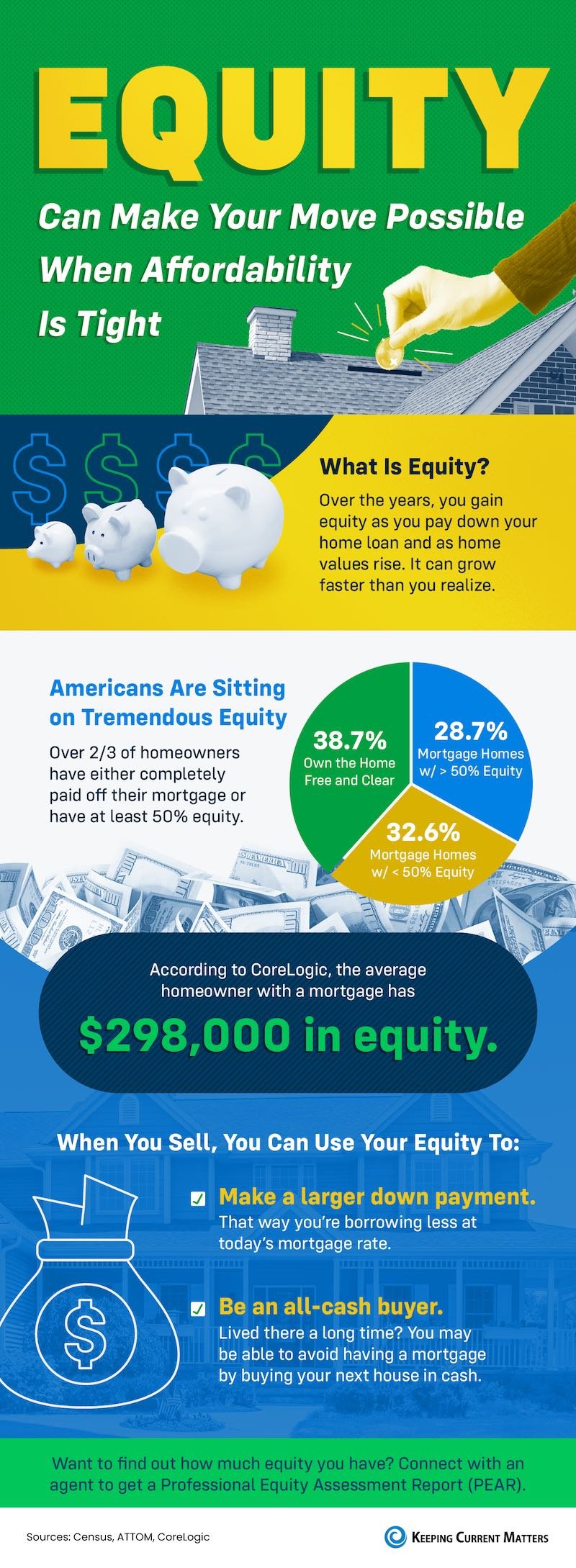Find out if this heating and cooling system is a good alternative for your home.
Heating and cooling technology has advanced considerably over the years to keep homes comfortable. Despite the wide range of devices available, many people stick with the heating and cooling systems their home came with when they moved in. However, you could be missing out on new and more effective technology, like a heat pump. Use this guide to learn about heat pumps and discover if this appliance is a suitable replacement for more common cooling and heating systems.
What Is a Heat Pump?
A heat pump is a heating and cooling appliance installed outside the home, similar to an air conditioner. The system uses a refrigerant to draw heat out of the air or ground and releases it within the home to provide heating. This can occur even when the temperature outside the home is cooler than inside the home. Additionally, a heat pump can be used in reverse to cool the home. The heat pump system absorbs heat from the inside air, then releases it outside or into the ground. This appliance both heats and cools the home.
This heating and cooling system operates on electricity instead of burning fossil fuels like a furnace, making heat pumps the more environmentally friendly option. The effectiveness of a heat pump system drops a bit in colder climates, where it is more difficult to maintain the temperature inside without a direct heat source. However, some heat pumps have an electric heat strip added to the indoor fan coil for improved heating capabilities.
How a Heat Pump Works
A heat pump's refrigerant transfers heat into or out of the house, depending on whether it's in heating or cooling mode. Switching the mode is accomplished by using the reversing valve or a setting on a thermostat. The process for how a heat pump works is as follows:
When air blows across the evaporator coils, the refrigerant absorbs heat, cooling the air and causing the liquid refrigerant to heat up enough to become a gas.
The gaseous refrigerant flows through a compressor, which further heats up and pressurizes the gas before it moves through the system to the coil in the outdoor unit.
The outdoor unit then uses a fan to move the air across the coils. This process releases the heat into the outside air while the refrigerant cools and condenses it back into a liquid.
The liquid refrigerant is then pumped to the indoor unit’s expansion valve. The expansion valve relieves the pressure on the refrigerant, cooling it to the point where it is ready to be pumped back to the evaporator coil to restart the cycle.
What Is the Ideal House Temperature? Thermostat Settings for Each Season
Types of Heat Pumps
The two main types of heat pumps commonly used for residential homes are air-source and geothermal heat pumps.
Air-Source Heat Pumps
Air-source heat pump systems can be ducted or ductless. Ducted air-source heat pumps use the heat from the outside air to warm the house. The heat is carried indoors and then blown through a series of ducts to spread it throughout the home. This method of heating the home can function during the winter, although the heat pump may need to work harder to keep up with heating demands.
Ductless heat pumps don’t use a series of ducts throughout the home. Instead, the heat pump draws the heat in from outdoors and transfers it to one or more indoor units using refrigerant lines before releasing the heat directly into the indoor units’ spaces.
Geothermal Heat Pumps
Geothermal heat pumps are less commonly used for residential homes due to the high initial purchase and installation cost. However, this type of heat pump is more reliable than an air-source heat pump because the ground temperature is less variable than the air temperature. Geothermal heat pumps have refrigerant lines that run down into the ground to absorb the geothermal heat instead of absorbing the heat from the outside air.
These heat pumps can also function as air conditioners during the warmer months by absorbing heat from indoors and then releasing the heat into the ground. The low operating cost of a geothermal heat pump makes it an excellent option for anyone who can afford the initial investment. They can even be used to control indoor humidity and reduce energy use by up to 80%.
Heat Pump Benefits and Drawbacks
When deciding if a heat pump is a good choice for the home, consider both the benefits and drawbacks of this heating and cooling system.
Benefits
A heat pump system has many benefits, including improved safety, eco-friendliness, and lower operating costs than standard heating and cooling systems like furnaces and boilers. Heat pumps also offer the option of installing a single appliance for both heating and cooling the home, reducing the overall cost of these systems.
Since heat pumps don’t rely on the intense heat of a furnace, homes tend to experience more even temperatures when a heat pump is installed. Homeowners can even use a heat pump to help improve the air quality in the home and control humidity levels. They also pair well with solar panels to further improve energy efficiency and savings.
Drawbacks
If there were no drawbacks to installing a heat pump, everyone would already have one, so it’s not surprising that not every aspect of this appliance is beneficial. The more obvious drawback to installing a heat pump is the high installation cost. Since heat pumps are more complex and relatively new to the industry, they cost more to purchase and install than a furnace or an air conditioner.
Heat pumps also have problems with colder climates. They tend to be less efficient in cold weather and may need to be defrosted if ice forms on the outdoor heat pump unit. Heat pumps have long operating cycles that make more noise than a furnace system, and the home can feel drafty and uncomfortable, especially if you are sitting close to a vent. Additionally, a furnace typically lasts about 15 to 20 years, while a heat pump lasts about 10 to 15 years.
Heat Pump Maintenance
After investing in a heat pump system, regular maintenance is necessary to ensure that it lasts as long as possible and operates efficiently. During the colder months of the year, check the heat pump for snow or ice buildup and remove all foliage around the outdoor unit, keeping shrubs at least 18 inches away on all sides.
The heat pump should sit about 4 to 8 inches above the ground for proper drainage, and the filters need to be cleaned or replaced about once a month. Keep the registers open and clean the outdoor coils whenever they appear dirty.
For the original article By Timothy Dale Published on April 29, 2024 visit Better Homes & Gardens.















